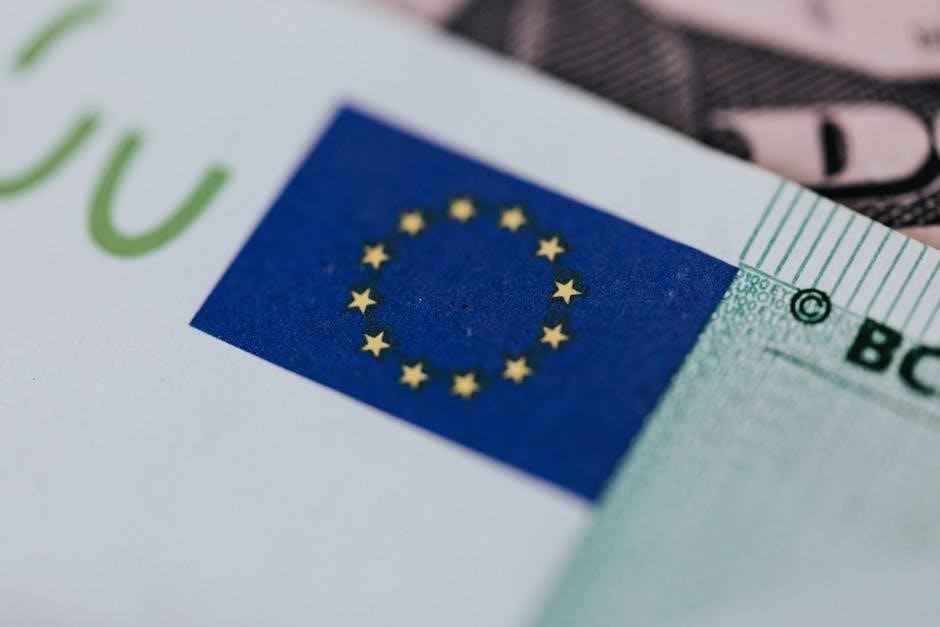
guided tissue regeneration cost
Guided Tissue Regeneration Cost: A Comprehensive Overview
Understanding the financial aspects of guided tissue regeneration (GTR) is essential for patients considering this procedure. The total cost can vary significantly, influenced by several factors. This overview aims to provide a comprehensive understanding of these cost drivers, offering clarity for informed decisions.
What is Guided Tissue Regeneration (GTR)?
Guided Tissue Regeneration (GTR) is a sophisticated dental procedure designed to regenerate lost bone and gum tissue, primarily due to periodontal disease. This innovative technique focuses on creating a space for new tissue growth by using a barrier membrane. This membrane prevents unwanted tissue, like gum tissue, from invading the area designated for bone regeneration. This ensures bone-forming cells have the exclusive opportunity to repopulate the defect.
The process often involves cleaning the affected area, sometimes requiring the removal of tartar and bacteria from below the gum line. Bone grafting materials may be added to further stimulate bone growth. The GTR procedure essentially acts as scaffolding. It provides support for the new bone and tissue to develop, ultimately restoring the structure and function of the affected area. Special membranes, which may dissolve under the gum, protect the bone graft and encourage regeneration. GTR is a valuable tool in periodontal therapy, helping to stabilize teeth and prepare the jaw for dental implants.
Factors Influencing GTR Cost

The cost of Guided Tissue Regeneration (GTR) is not fixed and is subject to several variables. The severity of periodontal disease significantly impacts the price, with more complex cases requiring extensive treatment and increased expenses. The type of dental sedation used also plays a role, as options like general anesthesia are more costly than local anesthesia. Geographic location affects pricing due to variations in overhead costs and local market rates.
Dental insurance coverage is a crucial factor. The extent to which your insurance covers GTR will greatly affect your out-of-pocket expenses. The type and amount of bone grafting materials used also contribute to the overall cost, with synthetic bone grafts generally being less expensive than those derived from a tissue bank or the patient’s own bone. Additional procedures, such as extractions or sinus lifts, will add to the total expense. Finally, the need for specialized membranes and the complexity of the surgical site influence the price. Understanding these factors is essential for budgeting for GTR.
Severity of the Case
The severity of the periodontal disease is a primary determinant of GTR costs. Mild cases requiring minimal intervention will naturally be less expensive than severe cases with significant bone loss. Extensive bone loss necessitates more bone grafting material, increasing the procedure’s complexity and cost. The number of affected teeth or sites also influences the overall expense, as treating multiple areas demands more time and resources;
Furthermore, the presence of infection or inflammation can complicate the procedure, potentially requiring additional treatments like antibiotics or specialized cleaning, further adding to the cost. Complex anatomical considerations, such as proximity to nerves or sinus cavities, can also elevate the price due to the increased skill and precision required. The extent of tissue regeneration needed directly impacts the type and amount of materials used, affecting the overall cost. Therefore, a thorough assessment of the case’s severity is crucial for accurate cost estimation.
Type of Dental Sedation Used
The choice of dental sedation significantly impacts the overall cost of guided tissue regeneration (GTR). Local anesthesia, the least expensive option, numbs only the treatment area. However, for patients with anxiety or extensive procedures, other sedation methods may be necessary. Nitrous oxide, or “laughing gas,” offers mild relaxation and carries a moderate cost. Oral sedation, involving prescription medication, provides deeper relaxation but requires careful monitoring and increases the price.
Intravenous (IV) sedation, administered by an anesthesiologist, induces a state of deep relaxation or twilight sleep. This option offers the highest level of comfort but is the most expensive due to the need for specialized personnel and equipment. General anesthesia, rendering the patient unconscious, is rarely needed for GTR but is the costliest choice, requiring hospital settings and comprehensive monitoring. The selection of sedation depends on the patient’s anxiety level, the complexity of the procedure, and the dentist’s recommendation, all influencing the final cost.

Geographic Location
The geographic location where you receive guided tissue regeneration (GTR) profoundly affects the overall cost. Dental practices in metropolitan areas or regions with a higher cost of living typically have higher overhead expenses, including rent, staff salaries, and utilities. These increased operational costs are often reflected in the prices charged for dental procedures, including GTR. Conversely, dental practices in rural areas or regions with a lower cost of living may have lower overhead expenses, leading to more affordable GTR treatments.
Furthermore, the prevalence of dental specialists and the level of competition within a particular geographic area can also influence pricing. Regions with a higher concentration of periodontists or oral surgeons may offer more competitive pricing due to market forces. Additionally, state and local regulations, as well as the availability of dental insurance coverage, can vary significantly across different geographic locations, further impacting the cost of GTR. Therefore, it is crucial to research and compare prices from multiple dental providers in your area to obtain an accurate estimate for GTR treatment.
Dental Insurance Coverage
Dental insurance coverage plays a significant role in determining the out-of-pocket cost for guided tissue regeneration (GTR). However, the extent of coverage can vary widely depending on the specific dental insurance plan and the insurance provider. Some dental insurance plans may fully cover GTR, while others may only cover a portion of the cost, or not cover it at all. It is essential to thoroughly review your dental insurance policy to understand the coverage details, including any limitations, exclusions, or waiting periods that may apply to GTR.
Many dental insurance plans categorize GTR as a major dental procedure, which often has a higher deductible and a lower coverage percentage compared to preventive or basic dental procedures. Additionally, some plans may require pre-authorization before undergoing GTR to ensure that the procedure is medically necessary and meets the plan’s coverage criteria. It is also important to note that some dental insurance plans may have annual maximums, which limit the total amount that the insurance company will pay for dental treatments within a given year. Therefore, it is crucial to contact your dental insurance provider to verify your coverage for GTR and to understand the potential out-of-pocket expenses you may incur.
Cost of Bone Grafting Materials

The cost of bone grafting materials is a significant factor influencing the overall expense of guided tissue regeneration (GTR). Several types of bone grafting materials are available, each with varying costs. Autografts, which involve using the patient’s own bone, often require a separate surgical site for harvesting the bone, potentially increasing costs due to hospitalization, surgical fees, and anesthesia. Allografts, derived from cadaver bone, are generally less expensive than autografts but still contribute to the overall cost.
Xenografts, sourced from animal bone, are another option, typically more affordable than allografts. Synthetic bone grafting materials, such as calcium phosphate ceramics, offer a cost-effective alternative. The choice of bone grafting material depends on the specific clinical situation, the patient’s preferences, and the dentist’s recommendations. The quantity of bone grafting material needed also affects the cost, with larger defects requiring more material. Furthermore, the use of specialized membranes, such as collagen membranes, to protect the bone graft and promote tissue regeneration adds to the overall material costs. Ultimately, the type and amount of bone grafting materials directly impact the final price of the GTR procedure.
Additional Procedures and Associated Costs
Guided tissue regeneration (GTR) frequently involves other procedures that contribute to the overall cost. Scaling and root planing, a deep cleaning to remove tartar and bacteria from below the gum line, is often necessary before GTR. These procedures ensure a clean environment for tissue regeneration and can add to the total expense. Tooth extraction may also be required if the affected tooth is beyond saving, incurring additional costs for the extraction itself and any necessary bone grafting to preserve the socket.
Soft tissue grafts might be needed to address gum recession and provide adequate tissue coverage for the GTR site. These grafts can significantly increase the overall cost. Sinus lifts, often performed in the upper posterior jaw to create space for bone grafting, also add to the expense. Furthermore, diagnostic procedures like X-rays and CT scans are essential for treatment planning and monitoring progress, contributing to the overall cost. Finally, post-operative care, including medications and follow-up appointments, should be considered when estimating the total financial burden; Therefore, it’s essential to discuss all potential additional procedures and associated costs with your dentist.
GTR Cost Ranges and Examples
The cost of guided tissue regeneration (GTR) can vary significantly based on individual needs and treatment plans. Generally, GTR procedures may range from $1,400 to $4,000 per site. This range encompasses the cost of the membrane, bone grafting materials, and surgical fees. For instance, a single-site GTR with a collagen membrane might cost around $350, with additional teeth adding to the expense.
In cases requiring sinus lift elevation, the lateral window approach could cost approximately $1,850, while a vertical crestal approach might be around $995, excluding bone graft or membrane fees. Bone grafting procedures alone can range from $300 to $1,600 per site, depending on the material used and complexity. A simple bone graft using synthetic material typically ranges from $300 to $800 per implant area. If a patient requires their own bone, hospitalization and specialized surgeons will increase the cost to $2,500 to $3,500. These examples illustrate the wide range of potential expenses associated with GTR.
